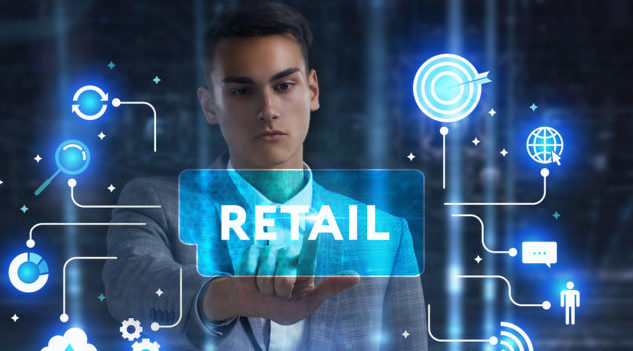The Australian retail industry contributes more than $311 billion annually to Australia’s GDP and employs over one million people. But it is coming under fire and being disrupted in unprecedented ways.
The rise of online shopping, competition from overseas companies like Aldi, Costco, H&M and Zara, which fuel price wars, not to mention the arrival of mega-retailer Amazon into Australia, are part of the challenge. And today, Australians are richer, more cosmopolitan and demanding than ever. To meet the consumer’s ever-growing expectations, retail needs to be agile, and operate across multiple platforms to succeed. The stragglers will be left behind.
Let’s take a customer’s first point of contact: the physical store. Increasingly, successful retailers are creating “lifestyle environments”, rather than simply displaying goods by category. For example, at Rebel Sportswear, an athlete would come into an area of the store where running shoes, compression shorts, sweat-absorbent T-shirts and Fitbits are grouped together into a one-stop ecosystem targeted at their every need.
This ecosystem is reproduced on the company’s website, online store and promotional material on social media, creating a wider conversation between retailer and customer. In other words, goods on offer are not only grouped by product type and price but in multiple points of accessibility. This not only makes purchasing easier but frequently leads to complementary companion sales.
Successful retailers are increasingly finding that consumers wish to interact with them any time, anywhere. This means developing omnichannel retail experiences, so customers can purchase goods on their phone or laptop via e-commerce, as well as in-store. In doing so, retailers also create dialogues with customers to drive further opportunities for sales. Think about the adverts that pop up on your laptop after you’ve visited a store online, reminding you of the last item you viewed, tempting you to complete that purchase.
To keep up, retailers need to invest in technology. And it’s all about data. Take heat mapping: CCT TV can now track customers browsing through the store to see the most popular and profitable areas. This derives the maximum from every square metre of the retail outlet and also provides valuable information on what customers want. And other developments like beacon technology can send alerts to smartphones about discounts, promotions and more to customers in the store.
The new world of retailing also offers a unique opportunity to grow retail business overseas and extend customer boundaries at a time when physical boundaries are shrinking or becoming increasingly unnecessary.
This might mean a rethink about current store network frameworks, the size of showrooms and their locations. It might mean going behind the scenes and employing greater analytical capabilities to manage and streamline supply chains or upgrade cyber-readiness so the business remains competitive.
Change is here but one constant is vision. Retailers should reaffirm why they are in business, the purpose of their brand, who their customers are and what they want. This is not a time for assumptions – customer data that goes beyond the transaction must also be harnessed. If the founder of the enterprise and staff share a common purpose of putting the customer at the centre, then the business will be future proof.
Marcela Ugaz, Partner, KPMG Enterprise










